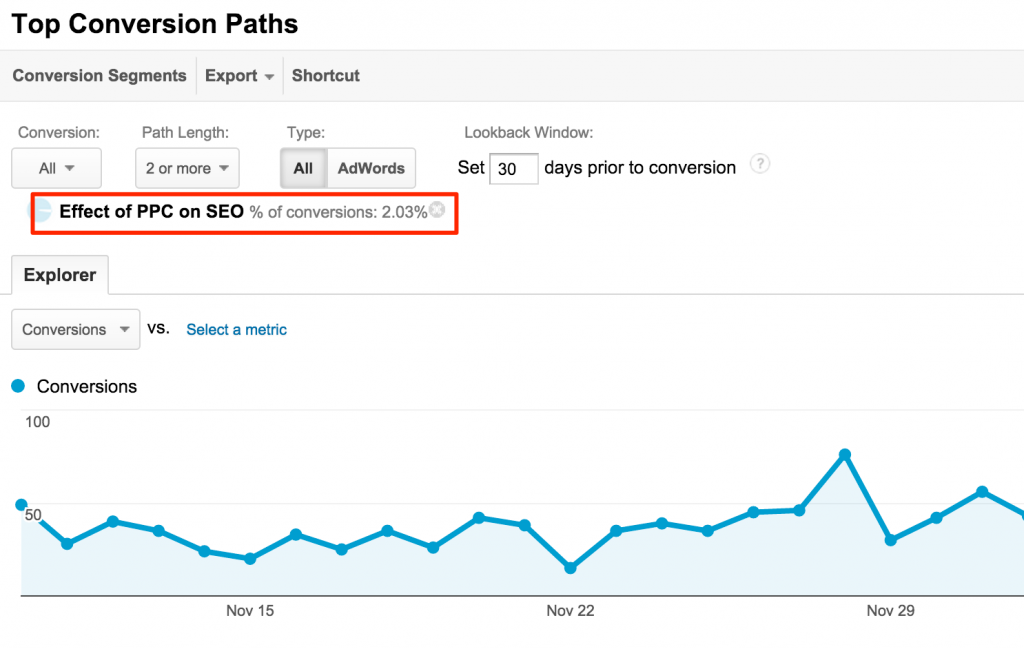
In a Growth Hacker’s everyday life, user acquisition is one of the KPIs that are always in mind and continuous effort is been done in order to optimize the various traffic channels in order to bring the best results. In many industries, many businesses rely a lot on organic traffic for user acquisition, since as a channel it is quite stable (as long as you avoid manipulation), efficient and cheap. Instead of re-capping the search engine changes and trends for the current year, this article will focus on a few things that a Growth Hacker should focus on SEO for 2015 in order to retain and improve rankings, to have a competitive advantage versus the tough competition and improve the user experience plus fuel conversions.
#1 – Provide more internationalization and localization signals
If you ‘re growth hacking for a business that is active in more than one market and / or language, then you should make sure than you give to search engines enough signals to target your perspective customers within different continents and languages.
Internationalize
If you ‘re checking the countries that your website is receiving organic and direct traffic, you might identify new market opportunities that you don’t take advantage of them. A quick keyword research in the markets and / or languages that appear on your web analytics platform can help you identify whether it’s worth or not to invest your personal time and budget to build a client base there. You should definitely think if the location or the language is the most important factor that influences your web goals, products or services and support the decision with data about traffic levels and conversion potential for each country or language.
Country targetting
If you ‘re targeting specific countries (and not languages), a few things you should take into account:
- Go for different ccTLDs instead of sub-domains and sub-directories
- Geolocate your website(s) on Google Webmaster Tools
- Try to host your website(s) on a server which is located in the same country with your potential customers or use a cloud service that can serve your product fast enough.
Language targetting
If you ‘re targeting languages (and not territories), then the best website structure you can choose is the usage of sub-folders. Subdomains work well too, although you don’t take full advantage of your current link juice with them.
Other signals
In terms of on-page signals, a few good things to have on the website are:
- Link between your different country or location versions of your product with crawlable links
- Use the rel=”alternate” hreflang=”x” annotations via sitemaps or with on-page tags
- Don’t forget to implement meta content language. You can easily specify the country and / or the language you ‘re targeting by adding the “content-language” meta tag in your <head>
The above tips will give powerful signals of your targeting to search engines plus will facilate flowing your link juice from already established markets to those that you aim to open. Of course, in terms of analysis, you should monitor and analyze each language and/or country targeting individually.
#2 Enhance your mobile experience

If you already have a responsive design or a mobile version of your website, it’s worth having a look at the Mobile Usabitility report at Google Webmaster Tools with tips for optimizing your user experience.
Additionally, if you have a Native Android app for your product, don’t forget App Indexing for Google search. With App Indexing, you ‘ll be able to drive search usage directly to your mobile app.
#3 Segment your SEO data
One thing that only a few growth hackers and marketers so far is actually to segment their data. Segments provide clarity and can help you see what’s happening to your users, according to their different attributes. By not segmenting your data, you ‘re probably causing a massive hole in your growth process.
Data segmentations of course can have SEO applications too. A growth hacker should be able to understand the impact of SEO traffic channel to direct, paid search, email, social media etc and vice versa. Without segmenting the data, marketers can’t answer confidently questions to senior management like the effect of a traffic channel to another.
If you need help on data segmentation with Universal Google Analytics, feel free to reach me.
#4 Expand your toolkit
Every year there are hundreds of companies that release new tools for SEO. There are many established tools used for SEO purposes for almost a decade and they do what they promise quite well. Although, the new tools many times offer some very useful features that you can’t find on well-established tools
Colibri is a relatively new growth hacking tool which can really help you boost your SEO performance in 2015. Colibri simply crawls and collects data from various social media networks, blogs, forums and websites and then cleverly processes the data in order to offer you valuable directions on where your brand or your competitors are being discussed, giving you the opportunity to contact you potential leads directly, allowing you to do targeted link building. Since on link building it’s all about relevancy nowadays and not quantity, you can easily boost your rankings
GrepWords is probably the most powerful keyword research tool on the market at the moment. By using similar filtering with Google Analytics, GrepWords allows you to do advanced keyword research, identifying keyword seasonalities, extracting question keywords (e.g. “How to ..”). You can really build powerful keyword lists within a couple of minutes, definitely worth trying.
Cyfe is an all-in-one dashboard solution that can act as a health monitoring app. There are tons of widgets connected with SEO apps that you can quickly aggregate into one dashboard and save tons of time.
Rival IQ is a very good solution for SEO (and not only) competitive analysis.
